ECO HUB DESIGN
For their house, Chiara and Andrea have chosen to recover larch logs felled in 2018 by the Vaia storm, partly in the Grosio woods, about thirty kilometres further east. Their project was also awarded in 2020 as part of the Call for Proposals “Mi prendo la briga di fare nuova impresa” (I take the trouble of creating a start-up), promoted by Sbrighes, a hub engaged in promoting local welfare that was established in Tirano to stop the constant flow of young people leaving the Valtellina after upper secondary school, or not coming back after getting a degree.
The Vaia storm
Between 26 and 30 October 2018, Alpine Italy was hit by an extreme event characterised by persistent rains and extraordinarily strong winds, with gusts of over 200km/h. According to estimates, 42 million trees were felled in Italian forests, particularly in the Veneto and Trentino regions, over an area of 41 thousand hectares. The estimated damage is just under €3 billion. “The storm hit only the Valtellina valley, although no forests were entirely felled in this area, as was the case on the Asiago plateau, as shown by the images we all saw”, says Chiara. The inability to remove the logs after the Vaia storm has made plain that the forest-wood supply chain in Italy is lagging behind. For example, in Valtellina there are no sawmills (with the exception of few micro-sawmills) equipped for the processing of hardwood (chestnut, oak, etc…), despite the fact that these types of wood are quite common in the local forests.
In the garden of the house in Castello dell’Acqua there is a log saw. Andrea uses it to dissect and accurately cut larch logs. The pile of stakes that is drying outside (the one you see in the pictures, covered with snow) will be used in the summer to build a fence around the property. “It’s an experiment. We need to assess the health of the wood. Loggers have a rule: the logs felled between December and January, which is the best time of the year, must be recovered from the wood by spring, to prevent them from being attacked by pests. The one you see there, instead, spent a whole summer in the woods.” But it’s salvaged material, like the buckwheat husk that will be used to insulate the house shell. In this way, we can prove that even a late-19th-century mountain house can be renovated to meet the highest energy standards.
Buckwheat husk
Andrea and Chiara’s four-storey house in Castello dell’Acqua is at least 750 cubic metres. Eco Hub Design’s plan for the renovation includes optimising the exterior house shell. “I’m developing an insulation system with buckwheat husk, which is a waste material from the Valtellina agricultural-food supply chain. It is similar to straw, and the good thing is that we find it in large amounts in this area. By using it, we would be able to further reduce the environmental impact of our buildings”.
